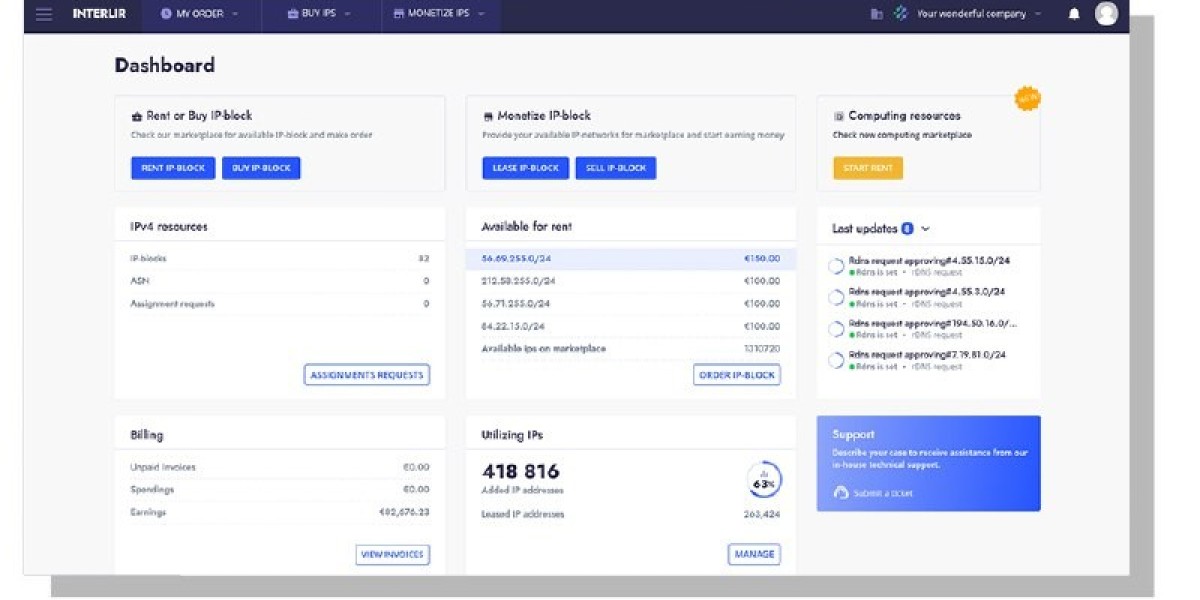With the release of World of Warcraft: Mists of Pandaria Classic, the return to Pandaria has sparked a surge of activity across professions. Crafters and gatherers alike are rediscovering how integral their skills are to the raiding scene—not just for personal progression, but as economic engines that keep guilds running. Whether you're a seasoned goldmaker or just starting to explore your profession’s potential, understanding the crafting loops that support endgame raiding can help you stay competitive and even profit from the demand.
Here are 9 key crafting loops in WoW MoP Classic that are driving raiding economies today:
1. Flask Production via Alchemy and Herbalism
Raiding guilds burn through flasks at an alarming rate, making Alchemy one of the most profitable professions. The key loop here involves mass farming of Pandaria herbs—Green Tea Leaf, Fool’s Cap, and Golden Lotus—then converting them into flasks. Elixir Mastery can grant bonus procs, adding extra value over time. Smart players combine this with Herbalism for a self-sustaining loop that minimizes overhead.
2. Feast Chains with Cooking and Fishing
Cooking is back in full force with the Way of the Pot, Wok, and Oven specializations. Raiding groups rely on Banquets and Noodle Carts to keep their teams buffed. This loop involves daily farming of fish like Emperor Salmon and Reef Octopus, alongside vegetables from your farm at Halfhill. Raiding demand means these feasts are consumed rapidly, creating a constant supply opportunity.
3. Gem Crafting from Prospecting Ore
Jewelcrafting remains a strong option for players looking to supply the raiding scene. The loop centers around mining Ghost Iron Ore, then prospecting it for rare gems. These are cut into the most desirable stat bonuses and sold directly or via the Auction House. Jewelcrafters who stockpile gems early in the week often see the best prices as raid nights begin.
4. Enchanting Shuffle with Disenchanting and Auction Arbitrage
A well-known loop but still highly relevant, this method involves buying undervalued greens and blues from the Auction House, disenchanting them into enchanting mats, then crafting popular raiding enchants. With constant upgrades in raids, demand for high-end enchants remains stable, giving enchanters a reliable source of wow mop classic gold.
5. Leatherworking and the PvE Armor Market
Leatherworkers can create several useful pre-raid and raiding items, especially for monks, rogues, and druids. Using leather from Skinning (especially Exotic Leather and Prismatic Scales), players craft gear or enhancements like leg armor kits. These items often sell well at raid reset, when players look to gear alts or improve their main characters.
6. Inscription Scroll Crafting
Inscription isn’t just about glyphs. Crafting shoulder enchants and making fortune cards or darkmoon cards are still relevant, but the real gold comes from crafting tomes and Vantus Runes (when available). This loop involves milling herbs and carefully managing cooldowns, rewarding players who plan around weekly demand spikes.
7. Blacksmithing Weapon Loops
Blacksmiths can forge powerful weapons and enhancement items that raiders need. Ghost Iron Bars, made from mined ore, are transformed into high-demand items like raid-ready weapons and belt buckles. With tight competition and volatile prices, savvy crafters who know when to post can carve out a healthy profit.
8. Engineering Raid Tools and Utility Items
Engineering might not offer as much raw gold, but the gadgets and utility it provides are essential. From repair bots to Jeeves and other QoL tools, engineers serve raiding guilds by keeping runs efficient. The crafting loop here often involves combining mined materials and vendor parts, then supplying consumable gadgets.
9. Daily Cooldown Optimization Across Multiple Professions
Finally, many of the above loops are strengthened by managing daily cooldowns. From Living Steel in Alchemy to Trillium Bars in Blacksmithing, syncing these cooldowns across multiple characters can create steady streams of income. Players looking to buy WoW MoP Classic Gold often do so to skip the time investment this strategy requires—but those who commit to the loop earn consistent returns.
In MoP Classic, crafting isn’t just about hitting skill cap; it’s about understanding your server’s economy, predicting raid group needs, and timing your production and sales. These nine loops offer a foundation for anyone interested in playing the economy, supporting guild efforts, or simply making enough wow mop classic gold to afford the best enchants, flasks, and gear enhancements.







